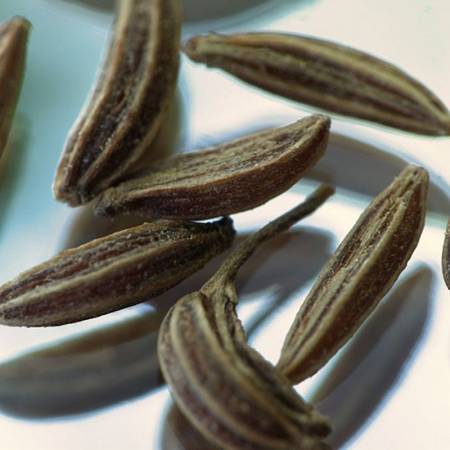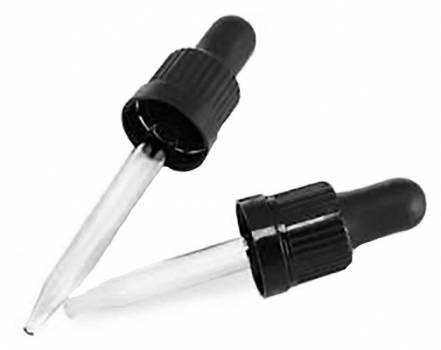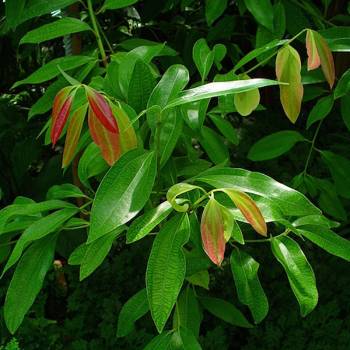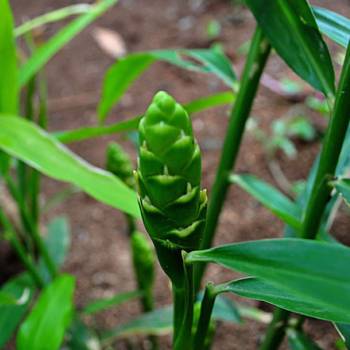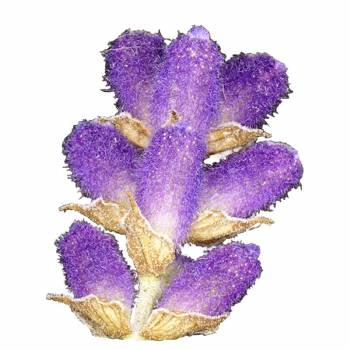Welcome Sign in
Product successfully added to your shopping cart
There are 0 items in your cart. There is 1 item in your cart.
Caraway - Carum carvi
Caraway is a flowering herb that grows in many regions of the globe, including Asia, Europe and North Africa. Its tiny brown seeds (also known as its fruit) are the source of its strong and spicy aroma. Commonly incorporated into baking and cooking, caraway has been used for centuries and is particularly popular in the Western world. Caraway is a member of the plant family Apiaceae, which also includes anise, cumin, dill and fennel, all fellow herbs that share some of the same fragrant qualities and beneficial properties.
New
Available
Data sheet
| County of Origin | Hungary |
| Therapeutic Properties | Anti-microbial, Anti-septic, Anti-spasmodic, Astringent, Carminative, Digestive tonic, Diuretic, Emmenagogic, Expectorant, Stimulant, Stomachic, Tonic, Vermifuge |
| Botanical Family | Apiaceae |
| Chemical Family | Ketones, Monoterpenes |
| Approx. Shelf Life | 4 years |
| Plant Parts | seed |
| Note Classification | Middle |
| Method of Extraction | Steam Distilled |
| Blends well with | Basil, Cassia, Chamomile, Cinnamon, Coriander, Frankincense, Ginger, Lavender, Jasmine. |
More info
History: Used extensively as a cooking herb especially in bread, cakes and cheeses. For 5,000 years, the Egyptians have used caraway for digestive upset. In the areas of love Caraway was once an essential ingredient in love potions, and to bring lovers into the mood. The Greeks prescribed caraway tea for pale young girls, in the belief that it would bring color to their cheeks. The tea was also used to stimulate appetite and digestion, to promote the onset of menstruation, to relieve cramps and to increase lactation.
Characteristics: A middle note with a strong aroma, Caraway Essential Oil has a sweet spicy odor with a slight peppery smell. Caraway essential oil is used in cooking to replace the dried seeds. This oil because of its medicinal properties is associated with sharp eyesight and a sweet breath. Emotionally Caraway Essential Oil brings up feelings of being right and begs the question would you rather be happy? Caraway is used in carminative, stomachic and laxative preparations and also used to mask unpleasant tastes and odors. The German brandy Kummel and the Scandinavian Aquavit are made from the seeds.
Clinical Studies:
Indications: Abortifacient, antibacterial, antihistaminic, antimicrobial, antiseptic, antispasmodic, aperitive, astringent, cardiac, carminative, depurative, disinfectant, diuretic, emmenagogue, expectorant, galactagogue, larvicide, parasiticide, stimulant, spasmolytic, stomachic, regenerator (tissue),stomachic, tonic (nerves & digestive organs). Use for bronchitis, cough, laryngitis, dyspepsia, colic, flatulence, gastric spasm, nervous indigestion, poor appetite and colds, as well as to improve digestion.
Personality Profile:
Subtle Aromatherapy:
Mode of Administration: Bath, diffusor, food, inhaler, liquid candle, massage, mist spray.
Safety: Nontoxic, avoid in pregnancy and with infants and young children. Dilute before use; for external use only. May cause skin irritation in some individuals; a skin test is recommended prior to use. Contact with eyes should be avoided.
